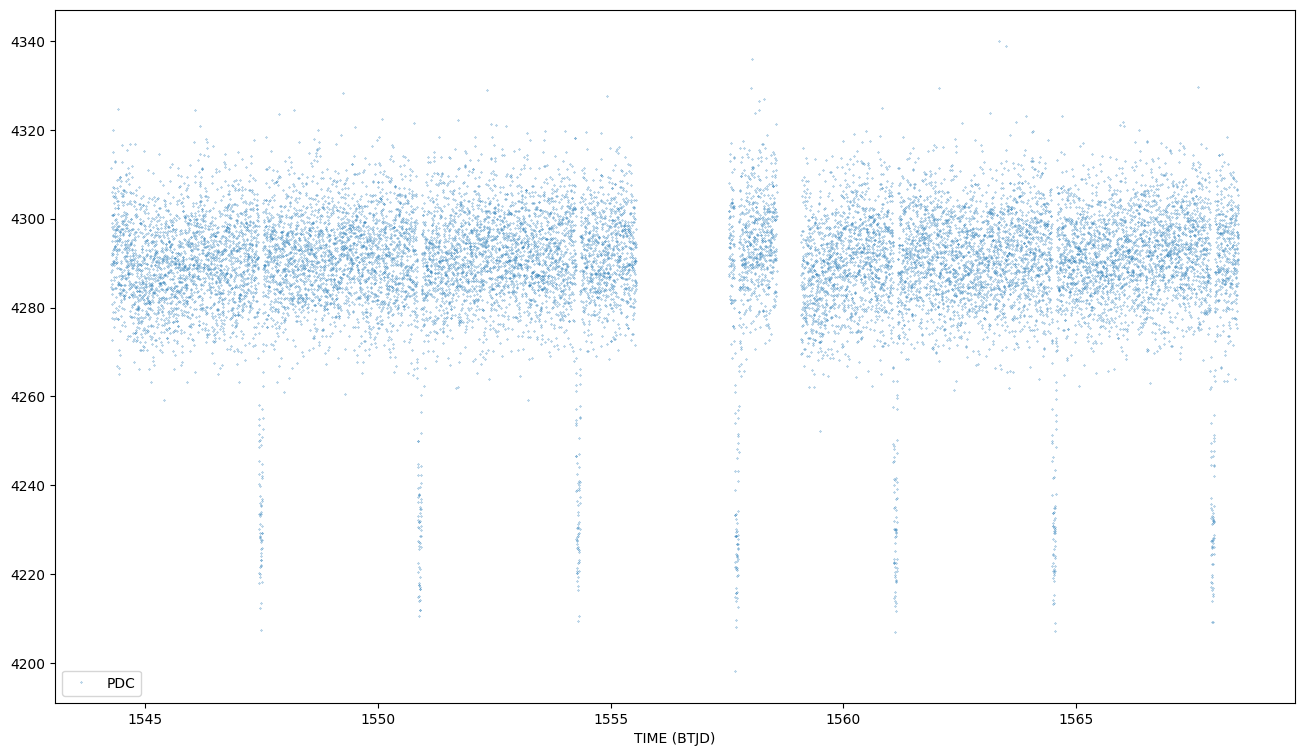 |
|
 |
|
WASP-31
Stellar parameters and planets on the system
| Host Star: WASP-31 | WASP-31 System planets | |||||||||||||||||||||||||||||||||||||||||
|---|---|---|---|---|---|---|---|---|---|---|---|---|---|---|---|---|---|---|---|---|---|---|---|---|---|---|---|---|---|---|---|---|---|---|---|---|---|---|---|---|---|---|
|
|
Photometric data catalogues and tools:
Plot from LIGHTCURVE FITS file

Auxiliary Products:
Spectroscopic data catalogues:
|
La Palma, CAHA, Keck, ESO archives |
WASP-31 b
Planet parameters
| Planet Name | Planet Mass | Planet Radius | Semi Major Axis | Orbital Period | Eccentricity | Inclination | Tidally Locked | Angular Distance | Primary Transit Source (JD) | Calculated Planet Temperature(K) | Molecules | Star Distance |
|---|---|---|---|---|---|---|---|---|---|---|---|---|
| WASP-31 b | 0.478 | 1.537 | 0.04657 | 3.405909 | 0 | 84.54 | 0.000116 | 2455192.6887 | 0 | K | 400 |
Direct access and visualization for NASA archive
SHOW ERRORBARS Y/N
| Ref | Type | Facility | Instrum. | Npt | Comments |
| Sing et al. 2015 | spec | Hubble Space Telescope satellite | Space Telescope Imaging Spectrograph | 36 | SING ET AL 2015 We observed two transits of WASP-31 b with the HST STIS G430L grating during 2012 June 13 and 2012 June 26,as well as one transit with the STIS G750L during 2012 July10. The G430L and G750L data sets each contain 43 spectra,which span five spacecraft orbits. The G430L grating covers the wavelength range from 2,900 to 5,700 ̊A, with a resolution R of λ/∆λ=530–1,040 (∼2 pixels; 5.5 ̊A). The G750L grating covers the wavelength range from 5,240 to 10,270 ̊A, with a R=530–1,040 (∼2 pixels; 9.8 ̊A). |
| Sing et al. 2015 | spec | Hubble Space Telescope satellite | Wide Field Camera 3 | 25 | SING ET AL 2015 In addition to the STIS data, observations of WASP-31 b were also conducted in the infrared with Wide Field Cam-era 3 (WFC3) on the HST. Observations began on 2012 May 13 at 12:53 using the IR G141 grism in forward spatial scan mode over 5 HST orbits. |
| Sing et al. 2015 | phot | Spitzer Space Telescope satellite | Infrared Array Camera (IRAC) | 2 | SING ET AL 2015 We analyse two transit observations obtained using the IRAC instrument (Programme 90092 with P.I. Desert) on the Spitzer space telescope in the 3.6 μm and 4.5 μm channels in subarray mode (32×32 pixel, or 39×39 centred on the planets host). The 3.6 μm observation was performed on UT 2013 March 9 (between 06:59 and 11:37) and the 4.5 observation was performed on UT 2013 March 19 (between 12:19 and 16:58), each transit containing 8320 images |
| Exoplanets-A (CASCADe) | spec | HST | WFC3 | 25 | Exoplanets-A reduction CASCADE v. 1.0.0 Created:2021_2_18:10_33_31 Obs.Type:transit |
| Transit models (Exoplanets-A: CASCADe reduction): |